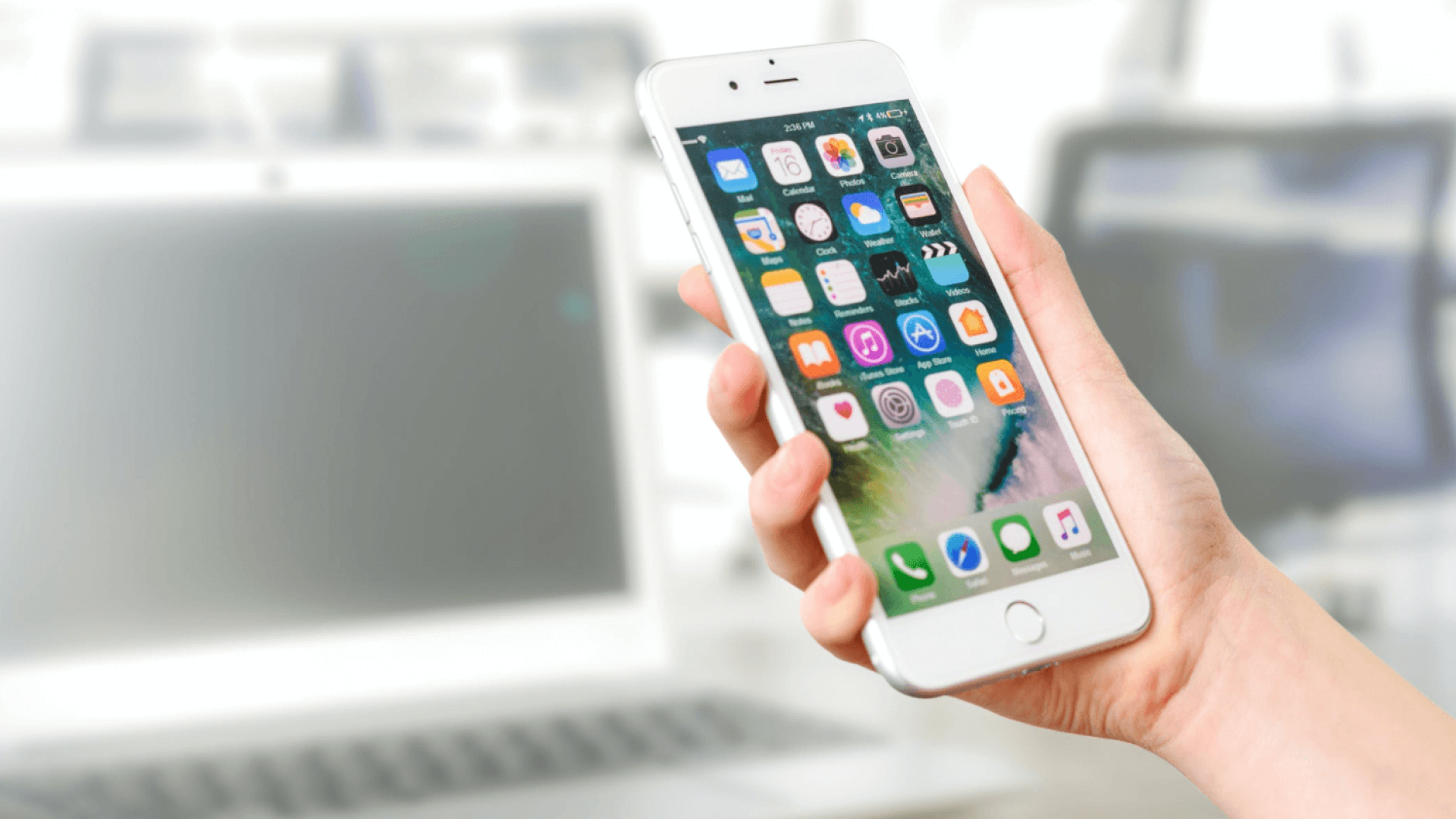Anyone who keeps track of the latest consumer trends would have heard talk about M-commerce, or mobile commerce. With the number of mobile phone users rising exponentially worldwide, it’s no surprise that mobile e-commerce is also seeing a boost.
Quite simply, M-commerce refers to a transaction the buyer completes using their mobile phone, whether it’s a tablet or a smartphone. E-commerce experts forecast major M-commerce growth in the online sphere.
But what is the scope of mobile e-commerce, and how far can businesses use it to drive sales? Let’s discuss the changes driving M-commerce growth and the impact they have on retail strategies.

What is M-Commerce?
M-Commerce is the whole process that encompasses a transaction being made using a smartphone or another mobile device, like wearable technology.
It has been growing steadily since the advent and expansion of wireless technologies in combination with internet connectivity, in particular mobile broadband Internet networks (3G/4G) and recently 5G.
The convergence of communications, information technology, entertainment, and advertising makes it possible to deliver products and services directly via mobile phones.
M-Commerce continues to gain popularity among consumers primarily due to convenience – users are able to shop online anywhere, anytime from any location.
M-Commerce in Existing Services
The scope of M-commerce is not only visible in new innovations but also in existing ones. For instance, consumers can now avail the following services:
- Boarding Passes and Tickets: Gone are the days when printing the tickets was a must-do task before leaving home for a flight. Digital boarding passes in a flyer’s mobile phone have erased this worry.
- Mobile Banking: Millenials are visiting physical bank branches less and less now as nearly everything can be done through a bank’s mobile app. Mobile apps for most major banks include the following features: checking account balances, scanning and depositing checks, instant transfers, wire transfers, and much more.
- Mobile Marketing: Mobile advertising and marketing are important aspects of M-commerce. With loyalty cards and coupons, retailers are leveraging this avenue of marketing.
- In-app Payments: Users can make payments in any app in just a single day. For instance, if you’ve saved your card details in Google Pay, you can instantly pay for any app in Google PlayStore.
What Changes are Driving M-Commerce Growth?
According to Emarketer, M-commerce sales in the US rose by 41.4% in 2020, and a 15.2% further rise is expected in 2021. With this increase, the industry will experience a growth of up to $359.32 billion.
Moreover, experts believe that annual sales will double by 2025.
A Pew Research Center report also showed that 66% of the M-commerce sales were made using smartphones in 2017, and the figure is expected to go up to 82% in 2021.
The higher contribution of smartphones to M-Commerce – compared to wearable tech and tablets – can be attributed to the rising number of cellphone owners.
The same report showed 95% of the adults in the US have cell phones. Meanwhile, 77% have smartphones.
So what exactly is driving this growth in mobile e-commerce? The Covid-19 pandemic is the answer staring right in our faces. As the pandemic began, the shopping trends were digitized immensely as more and more people started buying everything from clothes to groceries online.
On top of that, faster Internet – 5G – and better technologies have made it easier for users to access the web through their mobile devices.
More importantly, Google’s algorithm now follows a mobile-first indexing model, which means the search engine shows mobile-optimized sites higher up in search results. Owing to this, businesses have started focusing on making their websites more user-friendly, responsible, and fast.
Furthermore, one-touch payment systems, like Apple Pay and Google Pay, have made it easier for consumers to shop using their phones. All these factors combined have a positive effect on the growth of M-commerce.

Impact of M-Commerce On Retail Strategies
M-Commerce is bound to have a notable impact on retail strategies. Mobile phones are likely to offer a new medium for companies to interact with customers and deliver products.
The ever-improving technology has the potential to redefine how consumers in the retail industry shop, make payments, receive coupons and gain access to information about products.
The purchasing process will be streamlined for all parties involved, including merchants, suppliers, and all the businesses that benefit from their involvement in M-Commerce. Consumers will also have an advantage as they can purchase goods at any time of day or night from anywhere using their mobile devices.
Mobile Commerce is expected to change many facets of retail business strategies.
It is anticipated that digital catalogs will be accessible via mobile phones allowing users quick and easy access to up-to-date product information such as images, specifications, and sizing guides.
Mobile technology offers a direct path for communication between merchants and customers that will provide personalized services and improve customer satisfaction.
However, a Per Dynamic Yield report showed that only 12% of the shoppers find shopping using their mobile phones convenient. Thus, retailers have to focus on improving their mobile channels if they want to benefit from this wave of M-commerce.

Is M-Commerce Here to Stay?
With industry giants like Amazon and AliExpress jumping the bandwagon, it’s safe to say that M-commerce is here to stay. Mobile wallets, such as Apple Pay and Google Pay, are contributing to its growth.
Mobile commerce eases the user’s experience so that they don’t have to jump back-and-forth between using apps while making transactions.
Even with mass vaccinations, most consumers prefer to stick with online shopping as it has become the “new normal.” Additionally, expert forecasts for M-commerce are excessively encouraging and positive.
For instance, a recent report showed that digital payments through mobile phones would surge to $6.6 trillion in 2021. Similarly, as e-commerce sites are accepting different payment options, such as Amazon Pay and Google Pay, mobile payments are expected to grow by 24.5% by 2026.
In fact, BigCommerce projects that M-commerce will account for more than half – 54% – of all e-commerce sales in 2021.
Conclusion
A mobile revolution has started where, thanks to smartphones and tablets, you can access anything with a swipe on your mobile device.
On the one hand, it adds convenience for consumers, while on the other, it’s good news for retailers who can now strengthen their omnichannel strategies to include M-commerce since it’s bound to make them a ton of money in the coming years.

